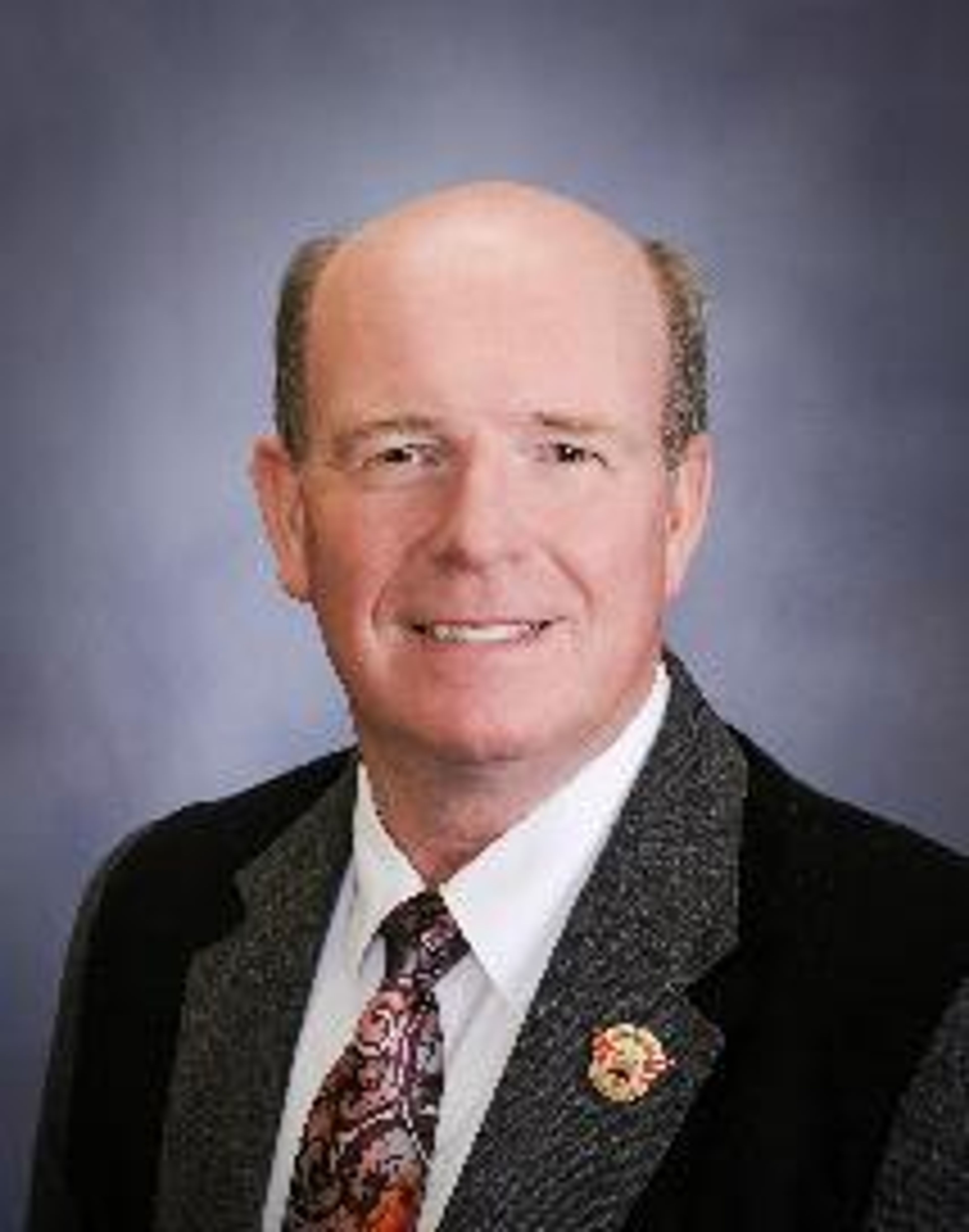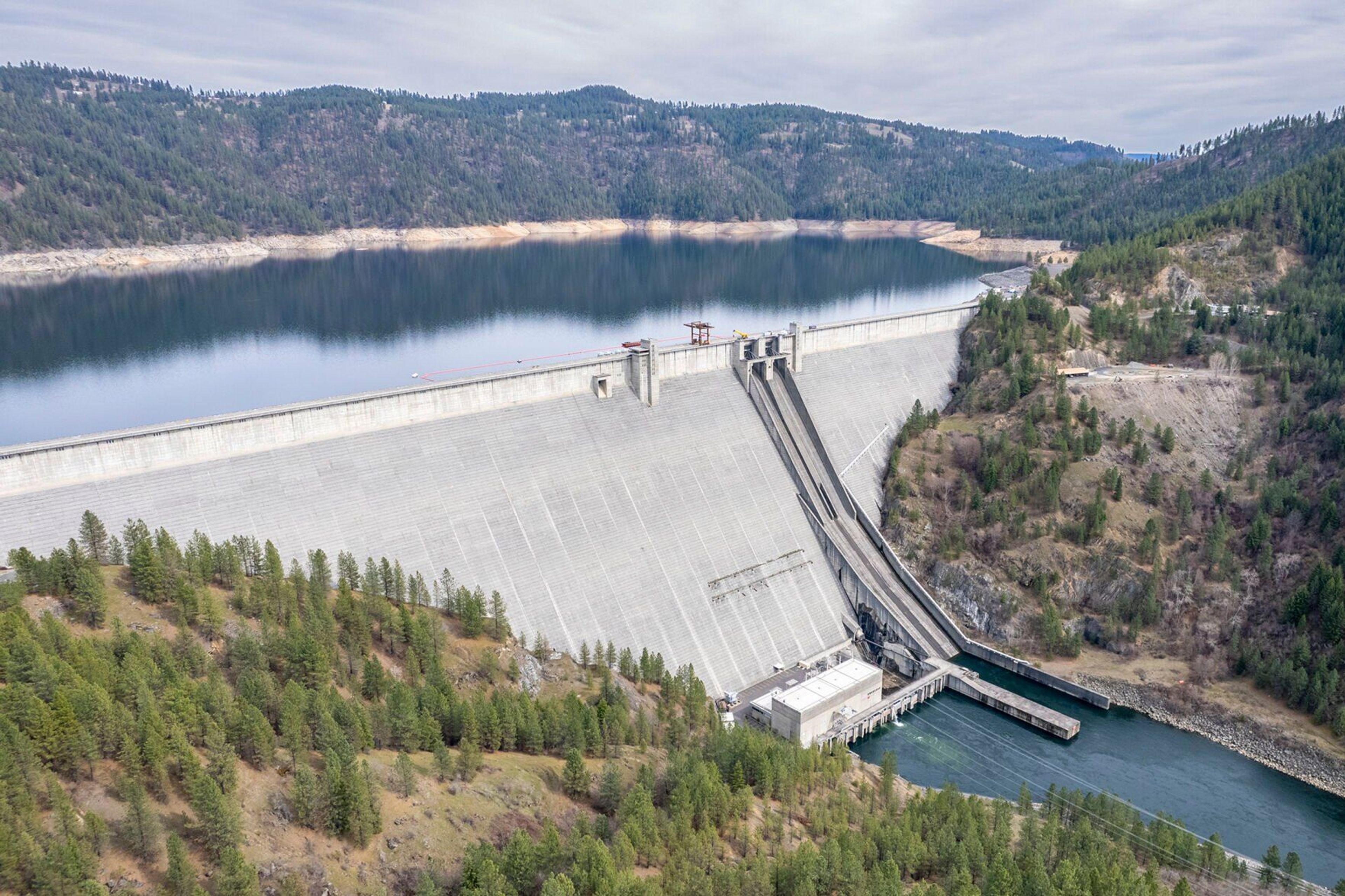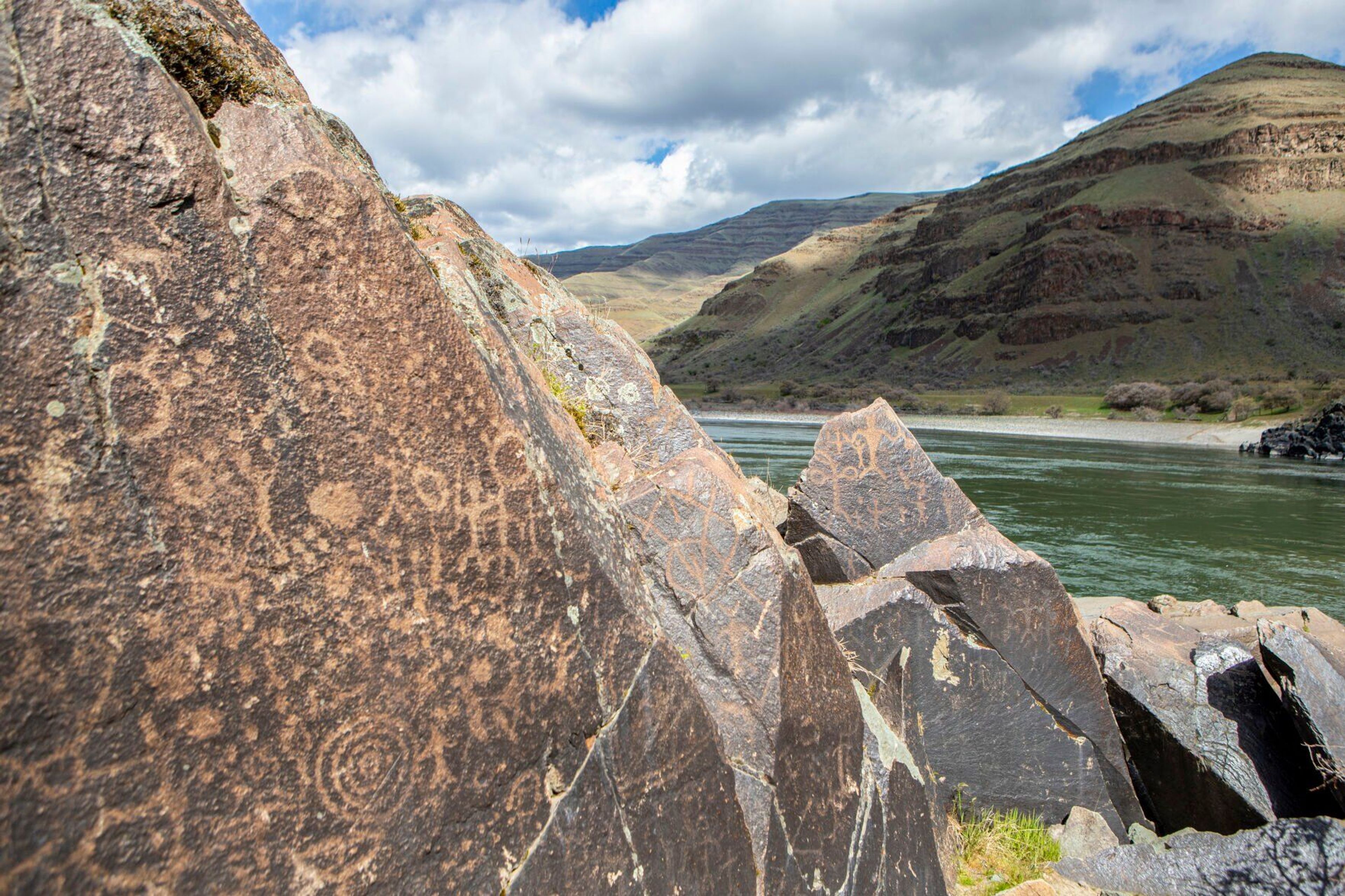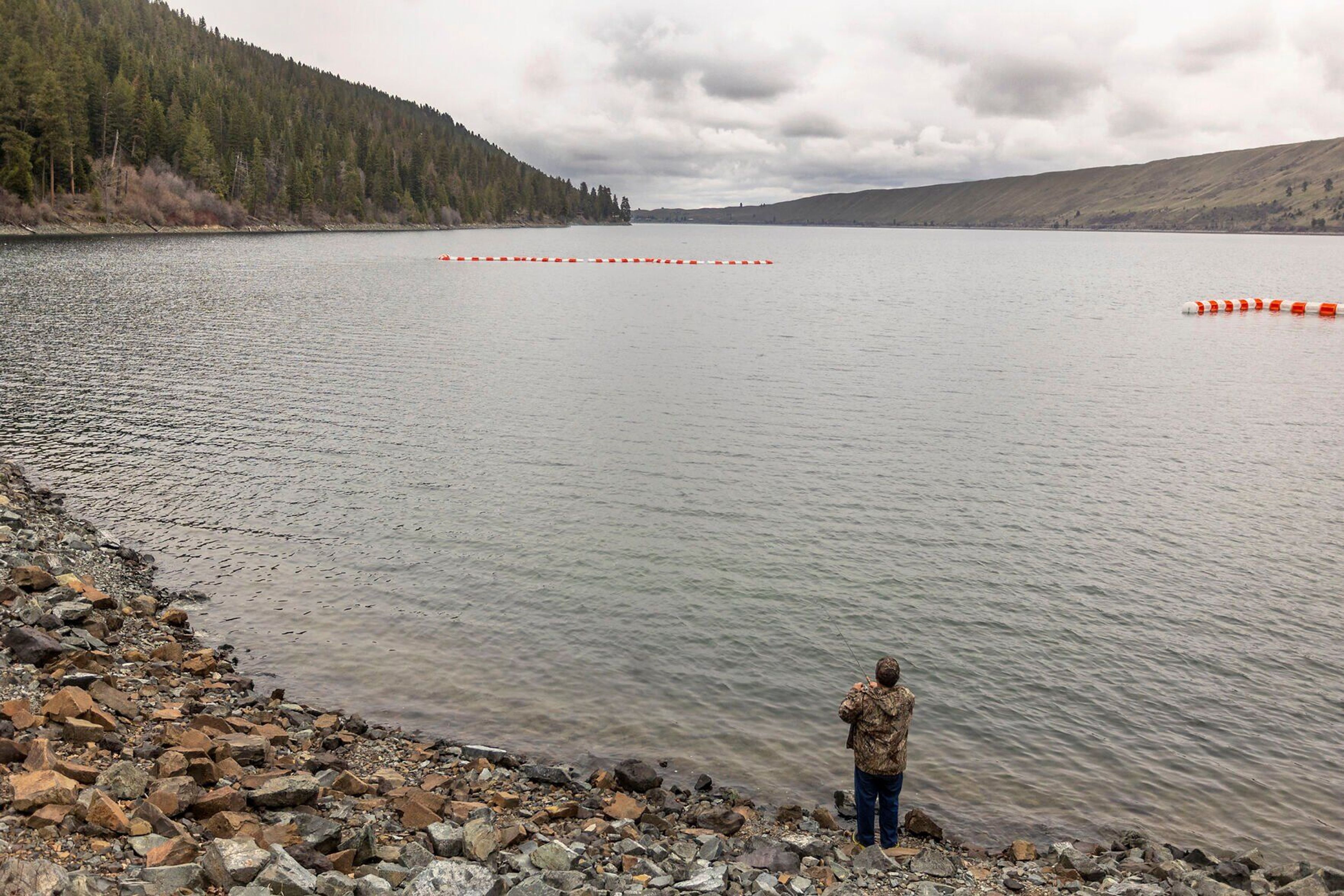Finding an alternative water source for the Palouse
Palouse Basin Aquifer Committee hopes to supplement the region’s supply with another source
The Palouse Basin Aquifer Committee is currently evaluating additional water sources for Latah and Whitman counties.
Robin Nimmer, a senior hydrologist in the Water Resources Division at Alta Science and Engineering, spoke at the League of Women Voters of Moscow speaker forum Wednesday about how to ensure a lasting supply of water for the communities.
“We’ve known about water level decline for a very long time,” she said. “The wells aren’t flowing anymore and we actually have data that shows us the water level is declining in our aquifer.”
Nimmer has recently been working with the Palouse Basin Aquifer Committee, which was formed in the 1980s, to evaluate alternative water sources for the region.
The committee’s mission since its start has been to plan for continued use of the Palouse Basin Aquifer groundwater without depleting its aquifers or compromising water quality. The group also collects data and funds research to supply the public with information.
“Our community has water supply alternative options within our basin and near our basin, which is huge,” Nimmer said. “Some of these communities in Nevada and California have to pump their water for 100 miles. We’re very fortunate.”
Water level decline, meaning more water goes out than comes in, has affected the Palouse Basin’s aquifers for decades. Billions of gallons are pumped out each year.
Despite an increase in population, per capita pumping has decreased since the 1990s, which Nimmer attributes to robust conservation programs in both Moscow and Pullman and at the University of Idaho and Washington State University.
She worked with the Palouse Basin Aquifer Committee to refine a list of alternative water sources to four options. The alternatives vary in cost and supply.
“Alternative 1 is a single diversion project,” she said. “It would be diverting water from the Snake River about 10 months out of the year, piping it to a water treatment plant near Pullman and then piping the water to Pullman. Later, you could build out that water treatment plant and have the pipeline go to Moscow.”
Other options look at passively recharging the aquifers, but there’s still many unknowns.
Nimmer will help produce a final report to be released in a few months featuring the top one or two choices. Each of the current four choices will cost tens of millions of dollars to implement.
“There’s a need for community wide solutions,” she said. “And there’s a need to stay focused and work together to ensure a lasting water supply. This will outlast the current city council members and the current mayors.”
Palermo can be reached at apalermo@dnews.com or on Twitter @apalermotweets.







